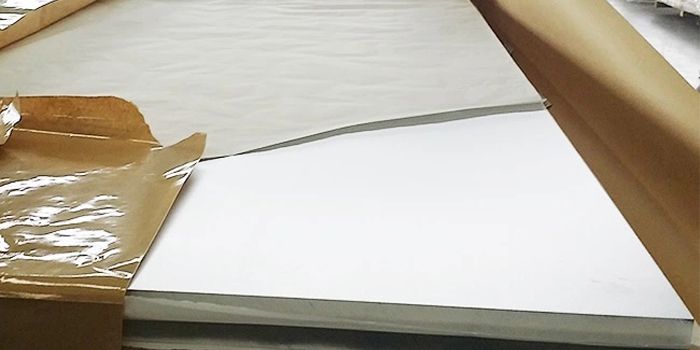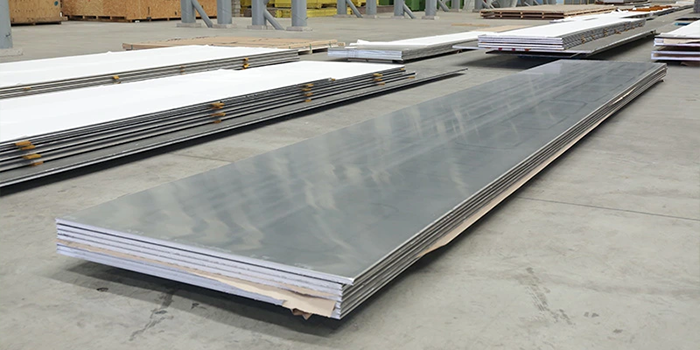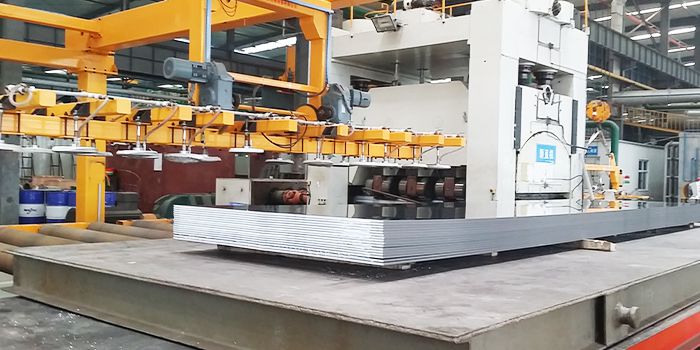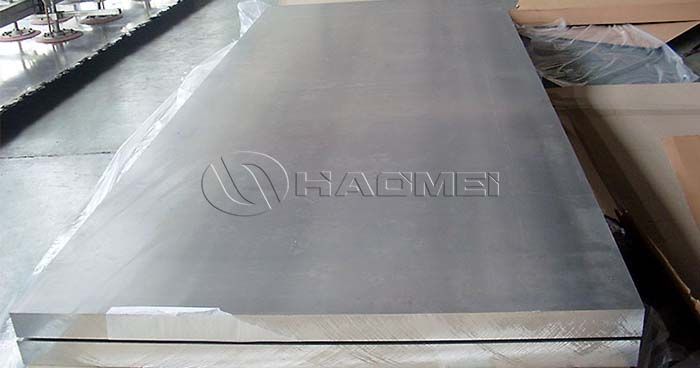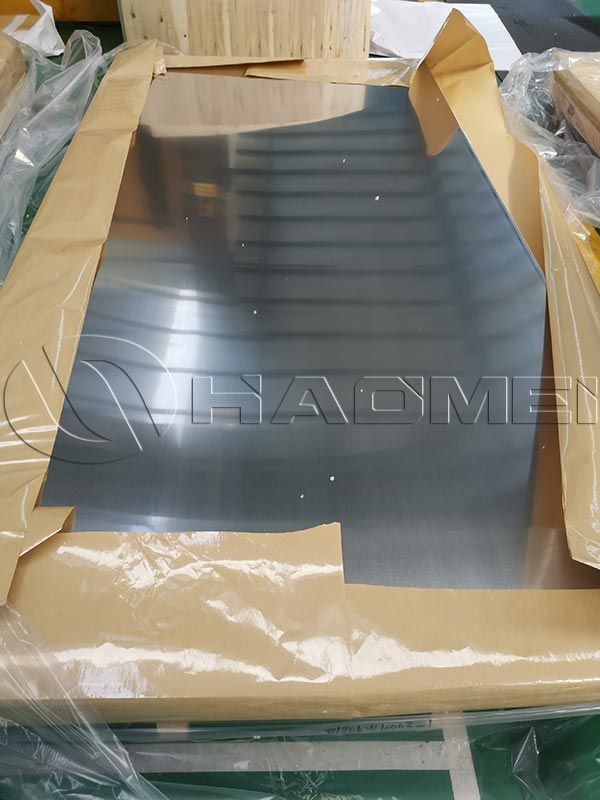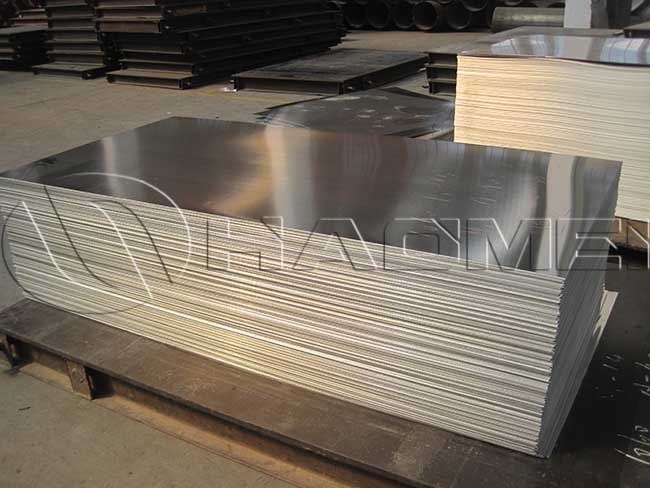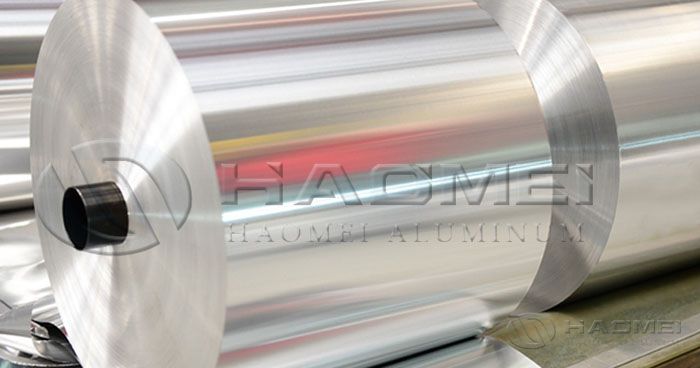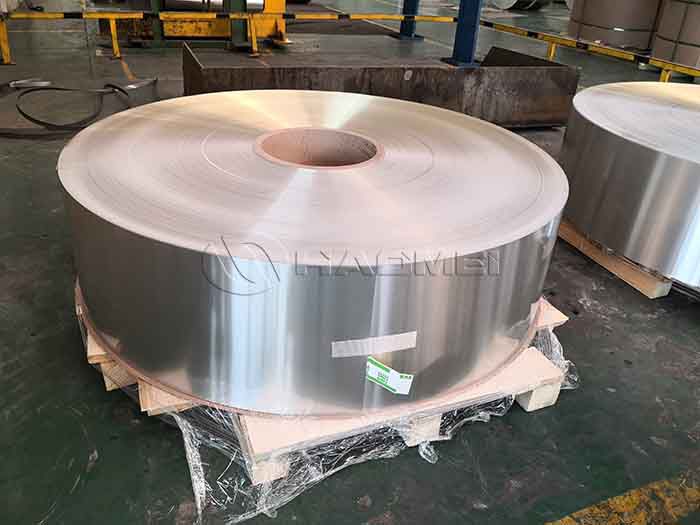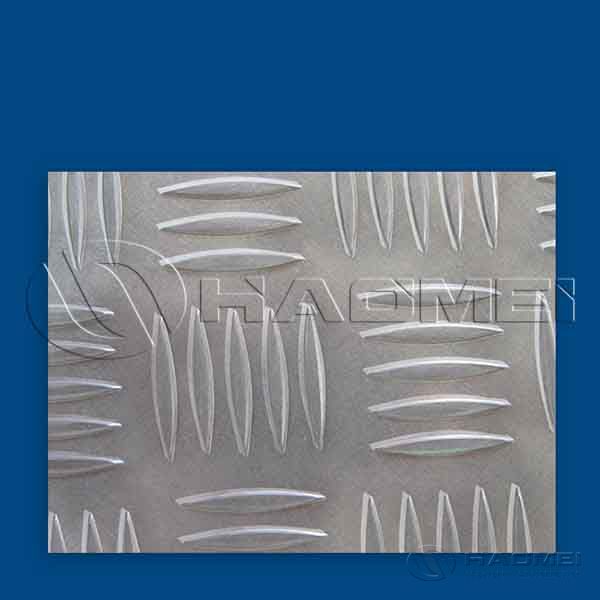Aviation grade aluminum has many excellent properties such as high toughness, corrosion resistance and fatigue resistance. Since the early 20th century, they have been widely used in the aviation field as the basic fulsage maerial. The skins, beams, stringers and other equipment components on the aircraft are all made of aluminum alloys.
According to the difference in the service performance and use of the aircraft, the amount and specifications of aluminum alloys on the aircraft are also quite different. For example, the aerospace aluminum alloy material on the Boeing 767 passenger plane accounts for about 80% of the total weight of the aircraft, while the military F-15 fighter aircraft uses only about 35% of the aluminum alloy to ensure the flight speed and combat performance.

Development history of aviation aluminum alloy
Metal elements such as zinc, magnesium, copper, lithium, and manganese are added to elemental aluminum through a series of processes to obtain aluminum alloy. For example, the Wright Brothers used Al-Cu alloys to machine crankcases for aircraft engines in the early 20th century.
It can be said that the development of aluminum alloy materials is not only affected by material synthesis technology, but also promoted by the needs of aircraft aviation performance. Under the interaction of the two, the development of aluminum alloy materials is mainly divided into the following four stages.
1. High static strength aluminum alloy
In the early stage of the development of the aviation field, the aircraft design only considered the static strength during flight. The main body and parts of the aircraft were made of high-static-strength aluminum alloy materials. The typical alloys are 2014, 2024-T3, 7075-T6, 7178-T6,etc. These alloys were widely used in civil and military aircraft from the 1940s to the 1960s.
2. Corrosion-resistant aluminum alloy
In 1985, a Boeing 747 crashed due to stress corrosion cracking, killing more than 500 people. In this period, the design of aluminum alloy materials no longer simply considers static strength, but additionally considers its corrosion resistance. On the basis of 7075-T6, the aging heat treatment process was used to successfully develop 7075-T73 which is resistant to stress corrosion.
Later, 7075 aluminum plate in T76 state was further developed, which not only obtained stronger corrosion resistance, but also sacrificed a lower static strength than 7075-T73, improving the comprehensive performance of aluminum alloy materials and became the best corrosion-resistant aluminum alloy.
3. High strength and high toughness aluminum alloy
Based on the requirements of aircraft fail-safe design, aircraft design not only needs to consider the static strength and corrosion stress of materials, but also puts forward higher requirements for fracture toughness. The high-strength 7050 aluminum alloy was successfully developed. The alloy has been successfully applied to the wing structure of Boeing 757 airliners.
4. Aluminum alloy with high comprehensive performance
Since the 1980s, from the perspective of design safety, the design of aircraft materials should not only consider static strength, stress corrosion and toughness, but also include the residual strength of the main structure after damage. 7150-T77, 7055-T77 and 2524-T3 have been developed and applied to advanced aircraft such as F-35 and B777.
Original source: https://www.aircraft-aluminium-sheet.com/a/the-history-of-aviation-grade-aluminum.html
